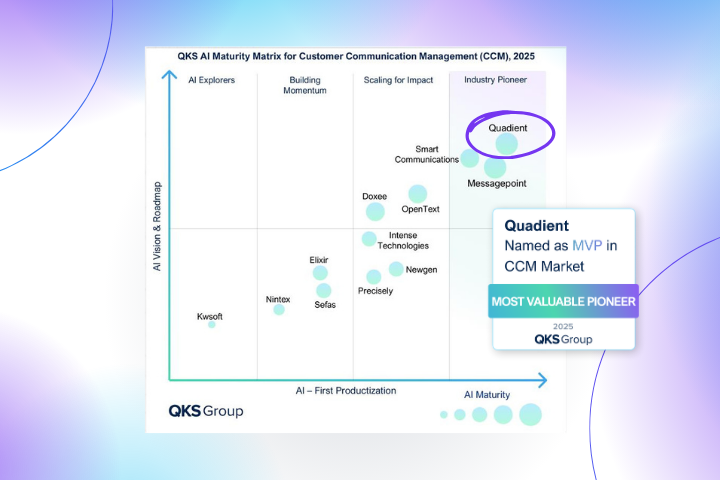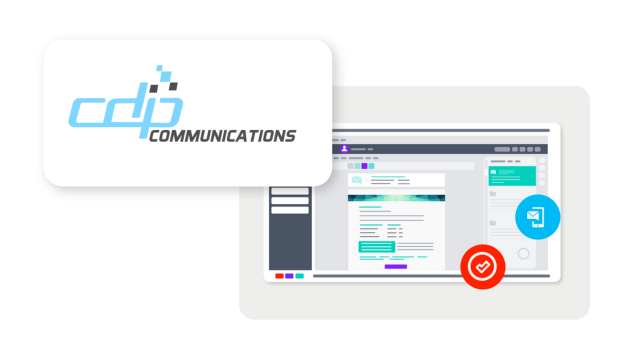
No matter how nice they might look on your balance sheet, you can’t grow your business with unpaid invoices.
Today’s leading organizations keep track of several AR metrics to assess their financial well-being and ensure they have enough cash on hand to meet their business goals. Included among those metrics is average days delinquent.
Simply put, average days delinquent measures the average amount of time it takes a customer to pay a bill after the invoice is due.
How exactly do you figure out Average Days Delinquent?
First, you need to determine your company’s standard days sales outstanding (DSO) number. To do that, divide your average accounts receivable (AR) balance by your total billed revenue over a certain period of time and multiply that figure by the number of days you’re measuring. For example, let’s say your average AR balance is $300,000 and you’ve billed $1,500,000 over a 365-day period. Your standard DSO for that period of time would be 73 days. With just a few clicks, use a leading accounting automation platform to figure out your DSO.
Next, you need to figure out your best possible days sales outstanding. Use the same equation as above, but instead of your average AR balance, use your current AR balance. For example, if your current balance is $120,000 out of the $1,500,000 you’ve billed over the previous 365 days, your best possible DSO would be 29.2 days.
Finally, subtract best possible DSO from your standard DSO to find your average days delinquent metric. In this example, your average days delinquent would be 43.8 days—which means that, on average, your firm is collecting payments roughly 44 days after they are due.
How do DSO and Average Days Delinquent work together?
Keep in mind that while DSO and average days delinquent are important in their own right, each one, alone, should not be the sole metric your organization uses to make financial decisions.
For example, in the event your sales increase, but your AR balance remains the same because customers are paying up front, your DSO will be lower, even though the underlying situation might not have changed at all. In other words, it’s possible for your DSO to go down even though none of your customers settled their outstanding debts.
Taking comfort in a waning DSO when you’re still not getting paid is unwise. By using DSO and average days delinquent metrics together, however, you can get a much clearer picture of your firm’s financial well-being.
While DSO measures your collections over a specific period, average days delinquent represents a snapshot in time. The former tells you, generally, how you’ve been doing over the long haul with respect to collections, and the latter tells you how you’re doing right now.
Generally speaking, both figures should move in the same direction. If they don’t, look into why that’s happening because the reason could signal a big problem with your approach to collections.
How do you know when collections should be adjusted?
You won’t be able to keep your doors open for long if you don’t have money in the bank.
Every company’s financial situation is different. Whereas a more established business may be able to absorb less favorable DSO and average days delinquent numbers, smaller companies might not have the same luxury.
By keeping tabs on your DSO and average days delinquent stats, your organization will be better positioned to respond to challenges in your collections department if you determine you’re waiting way too long on payments.
If your business routinely struggles with cash flow, and you realize your DSO and average days delinquent stats aren’t adding up, it makes sense to reassess your organization’s approach to collections to determine what changes, if any, could be made to expedite payments and solidify your company’s cash flow situation.
Otherwise, without access to cash, it becomes next to impossible to cover your recurring operating expenses and other routine costs. And, you can forget about pursuing new opportunities or otherwise investing in your business.
By analyzing your DSO and average days delinquent metrics—and using that data to inform your collections process — your organization should be able to accelerate payments from customers. With money getting into the bank faster, you’ll be able to worry less about cash flow and more about what you need to do to better serve your customers and grow your business.









